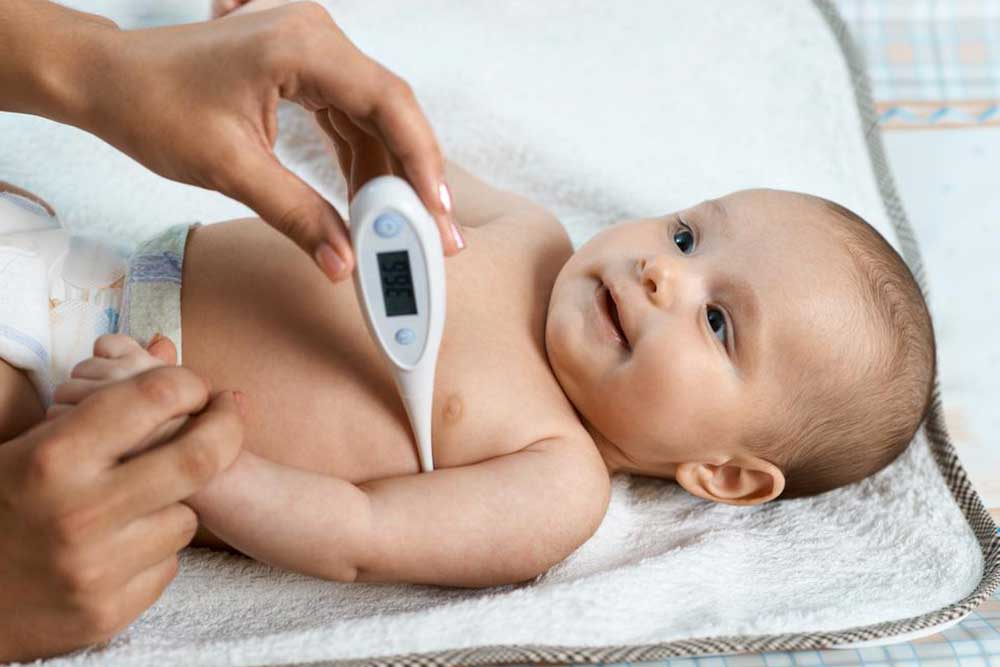Comprehensive Guide to Normal Body Temperatures in Infants and Adults
Learn everything about normal body temperatures for infants and adults, including temperature ranges, influencing factors, and when to seek medical help. This detailed guide highlights how age, measurement methods, and daily variations affect body temperature. Stay informed to maintain optimal health and recognize signs of fever or illness early.

Understanding Normal Body Temperatures in Infants and Adults
Maintaining an awareness of what constitutes a normal body temperature is essential for assessing health across all age groups. Variations in body temperature are influenced by numerous factors, including age, time of day, activity levels, and measurement methods. Knowing the standard temperature ranges for infants, children, adults, and seniors can help differentiate between normal fluctuations and signs of illness. This comprehensive guide delves into the intricacies of body temperature regulation, highlighting the differences across age groups, influencing factors, and when to seek medical intervention.
Below is an extensive temperature chart that details normal and elevated temperature levels for distinct age groups, emphasizing the importance of context when interpreting body temperature readings.
Temperature Guidelines for Different Age Groups
Understanding that body temperature regulation diminishes with age can clarify why seniors tend to have lower normal temperature ranges. Here's a detailed breakdown:
Infants and Children: The normal body temperature for infants and young children usually ranges from 97.9°F to 99°F. Temperatures above this threshold may indicate a fever, prompting further evaluation.
Adults: For healthy adults, the typical body temperature hovers between 97°F and 99°F, with variations depending on activity and time of day.
Older Adults (Over 65 Years): As people age, their baseline body temperature often falls below 98.6°F. An elevated reading in this group can be an important sign of infection or illness.
If your body temperature is significantly above normal, remains elevated for an extended period, or is accompanied by symptoms like chills, sweating, or discomfort, it is critical to seek medical attention promptly. Elevated temperatures can indicate infections, inflammatory conditions, or other underlying health issues that require proper diagnosis and treatment.
Measurement techniques can influence the accuracy of body temperature readings. For instance, axillary (armpit) temperatures tend to be approximately one degree lower than oral readings, while rectal and ear measurements typically provide higher and more accurate readings. Factors such as recent activity, recent food or drink intake, and clothing can also affect readings.
Having a reliable thermometer at home is highly recommended for ongoing monitoring, especially during illness. Recognizing the signs of fever and understanding their potential implications can aid in timely medical consultation. Remember, a rising or persistent fever could be a sign of a serious underlying condition that needs medical attention. Proper awareness and routine temperature checks can play a significant role in early diagnosis and effective management of health conditions.





